
Istanbul, Türkiye's largest and most dynamic city, has long been a demographic powerhouse. However, 2023 saw a significant shift.
Despite this decline, Istanbul remains the most populous city in Türkiye, home to 18.3% of the national population and boasting a density of 3,013 people per square kilometer.
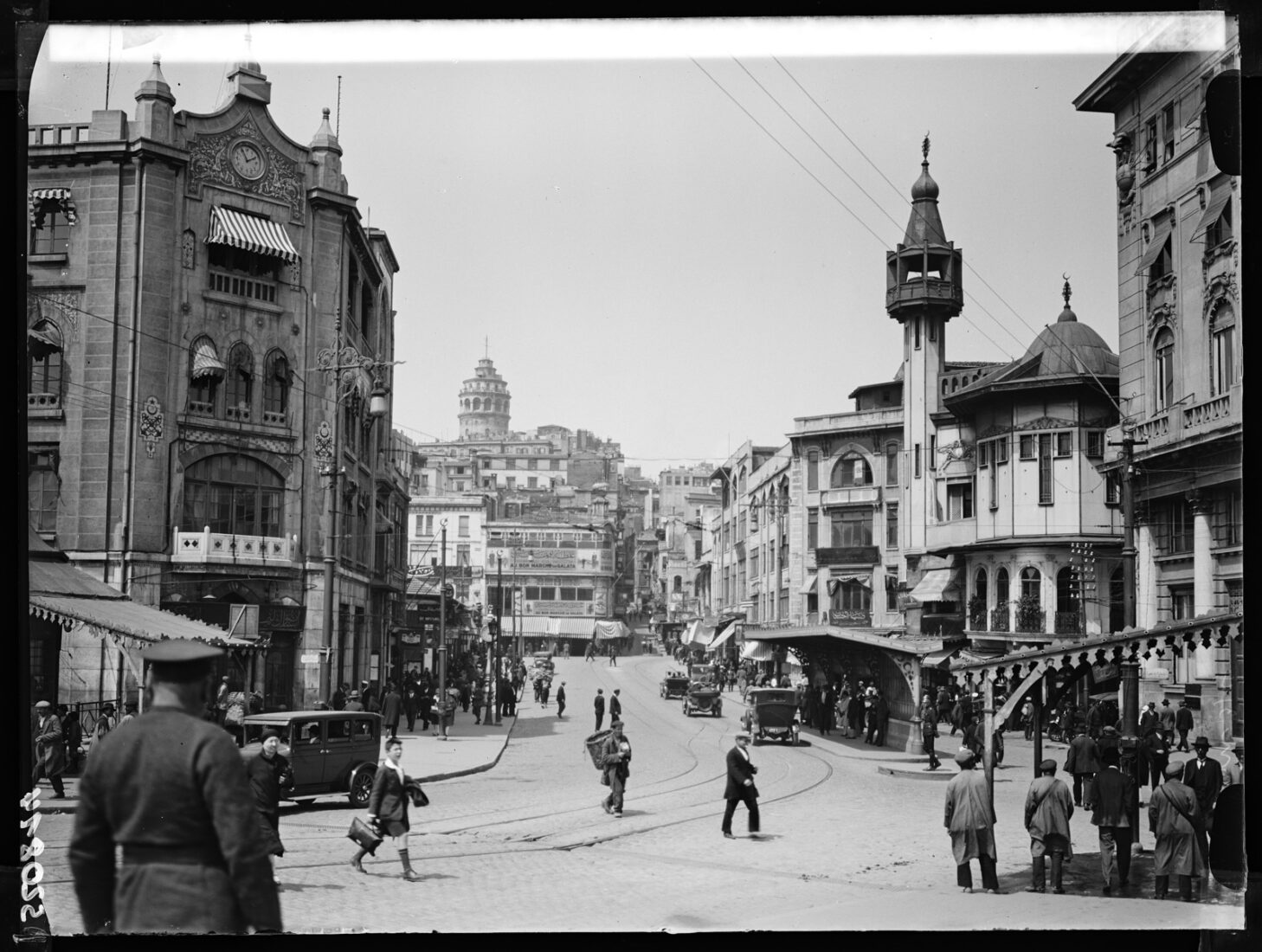
The city's historical growth trajectory has been extraordinary. In 1927, shortly after the Republic's founding, Istanbul's population was just 700,000. By 1950, it had crossed 1 million.
The 1980s saw rapid urbanization, with the population reaching 4.5 million by 1980 and 13.2 million by 2010. This explosive growth in Istanbul's population reflected its emergence as Türkiye's economic hub and a global cultural landmark.
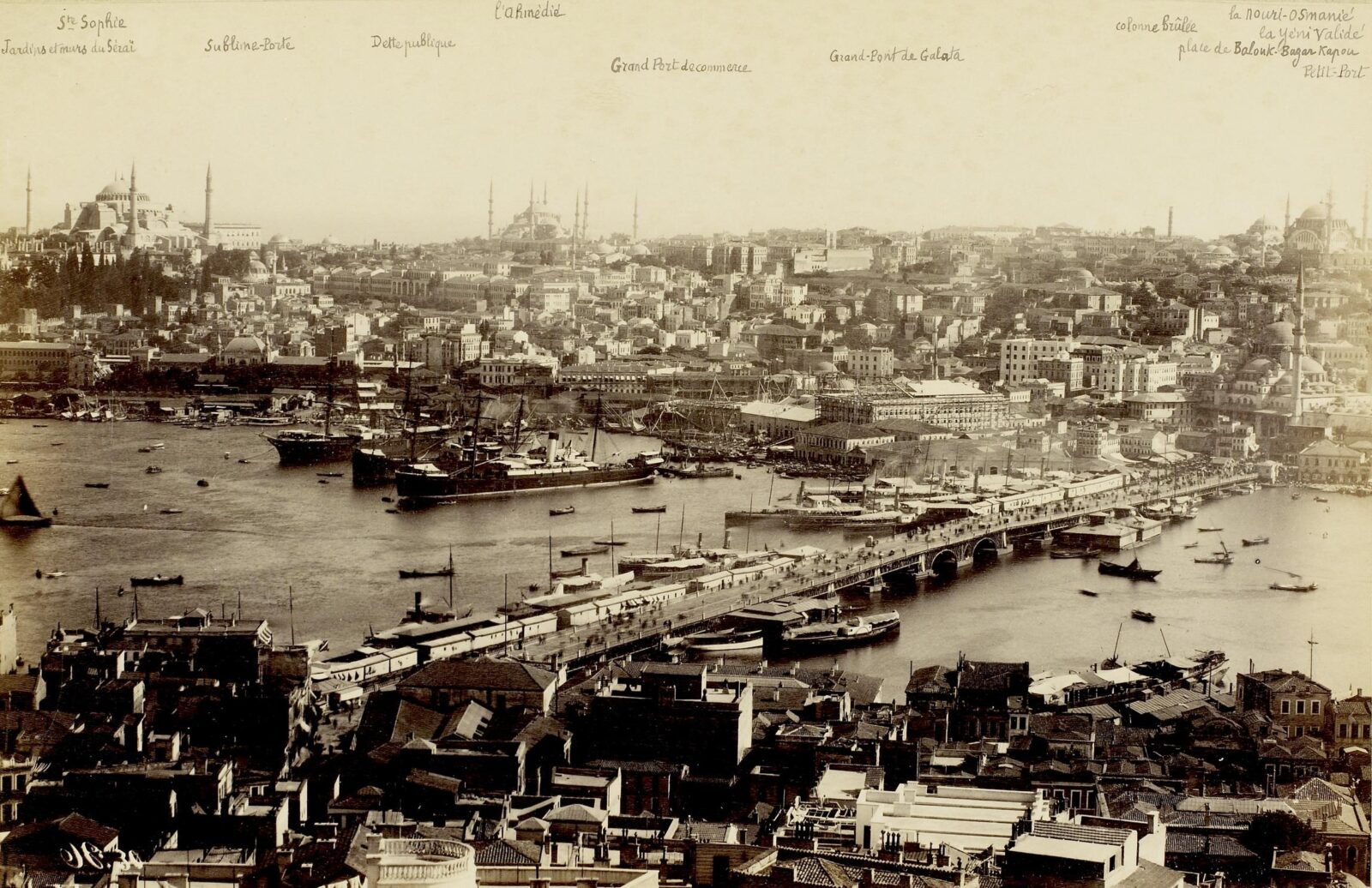
Even compared globally, Istanbul's population is immense. It surpasses the combined populations of countries such as Greece (10.36 million), Portugal (10.5 million), and Jordan (11.3 million). However, recent declines indicate shifting dynamics, including reverse migration, economic challenges, and a changing urban appeal.
To better understand Istanbul's growth over the years, the table below presents population milestones and growth rates during key periods.
Istanbul's population growth over the years
| Year | Population (millions) | Growth Rate (%) |
|---|---|---|
| 1927 | 0.7 | — |
| 1955 | 1.5 | 114.29 |
| 1980 | 4.5 | 200.0 |
| 1990 | 6.6 | 46.67 |
| 2000 | 11.1 | 68.18 |
| 2010 | 13.2 | 18.92 |
| 2020 | 15.72 | 19.09 |
| 2023 | 15.66 | -0.38 |
Few cities in the world match Istanbul's geographic, cultural, and economic significance. Spanning two continents, it has historically served as a bridge between civilizations, fostering trade, migration, and cultural exchange.
Its position along the Bosphorus—a vital waterway connecting the Black Sea to the Mediterranean—has made it a center of global commerce for centuries.
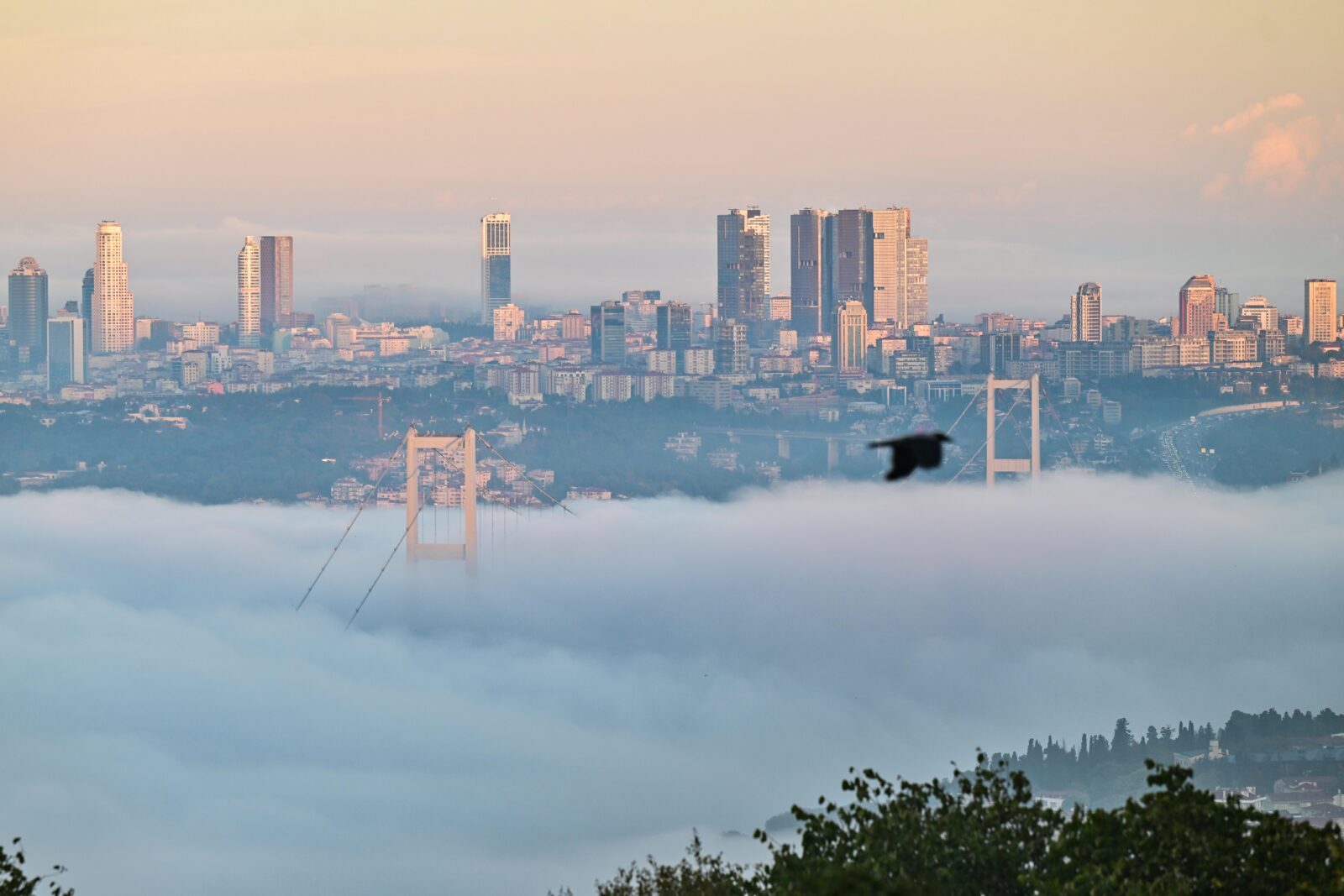
However, Istanbul's population growth due to its popularity comes with challenges. Rising living costs, traffic congestion, and limited green spaces have made urban life increasingly difficult for residents, particularly those from lower-income groups. These factors have contributed to a growing trend of reverse migration to rural areas or smaller cities.
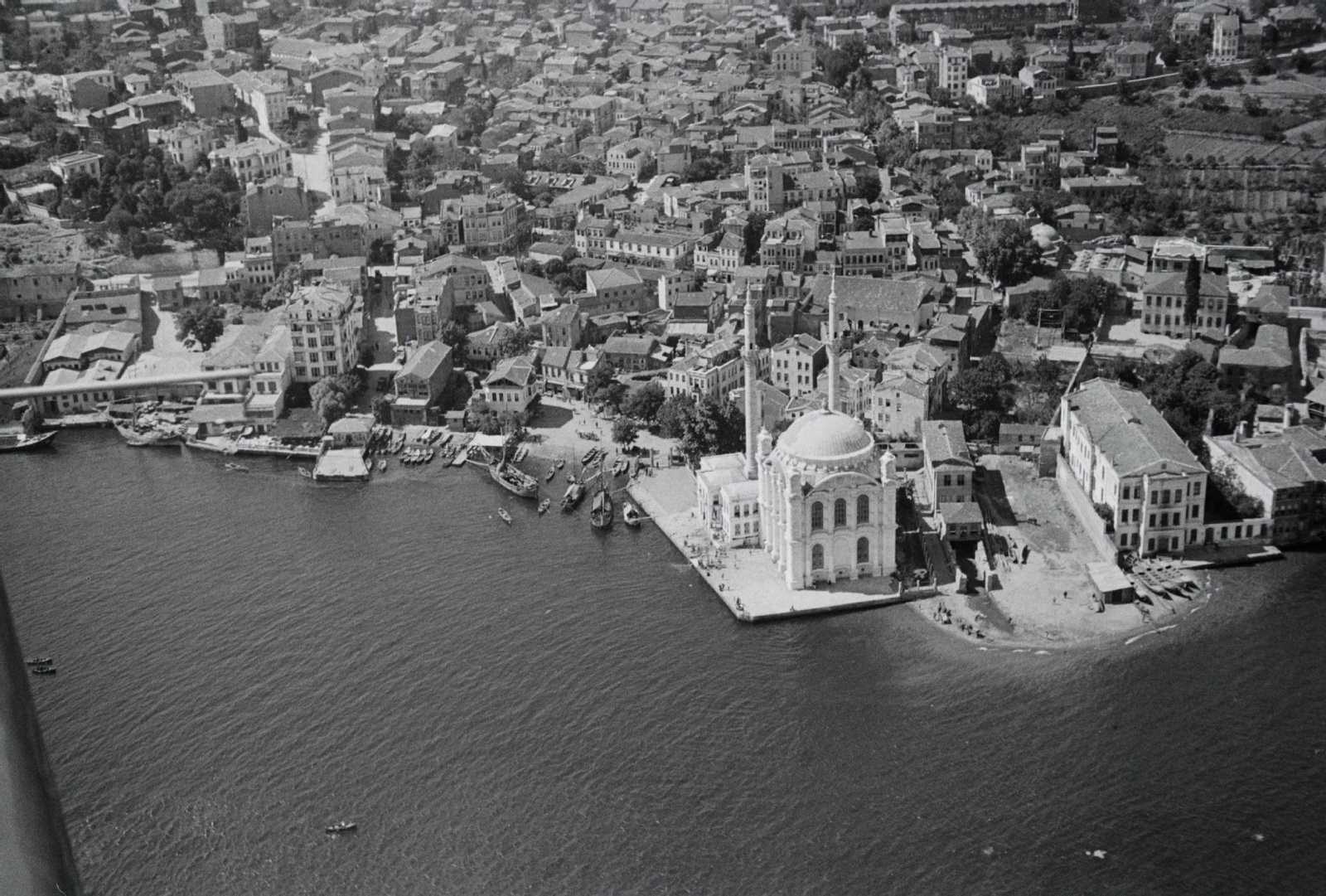
Istanbul's demographic story spans millennia of change, reflecting its role as a center of empire and trade.
The Ottoman conquest of 1453 marked the beginning of a demographic revival.
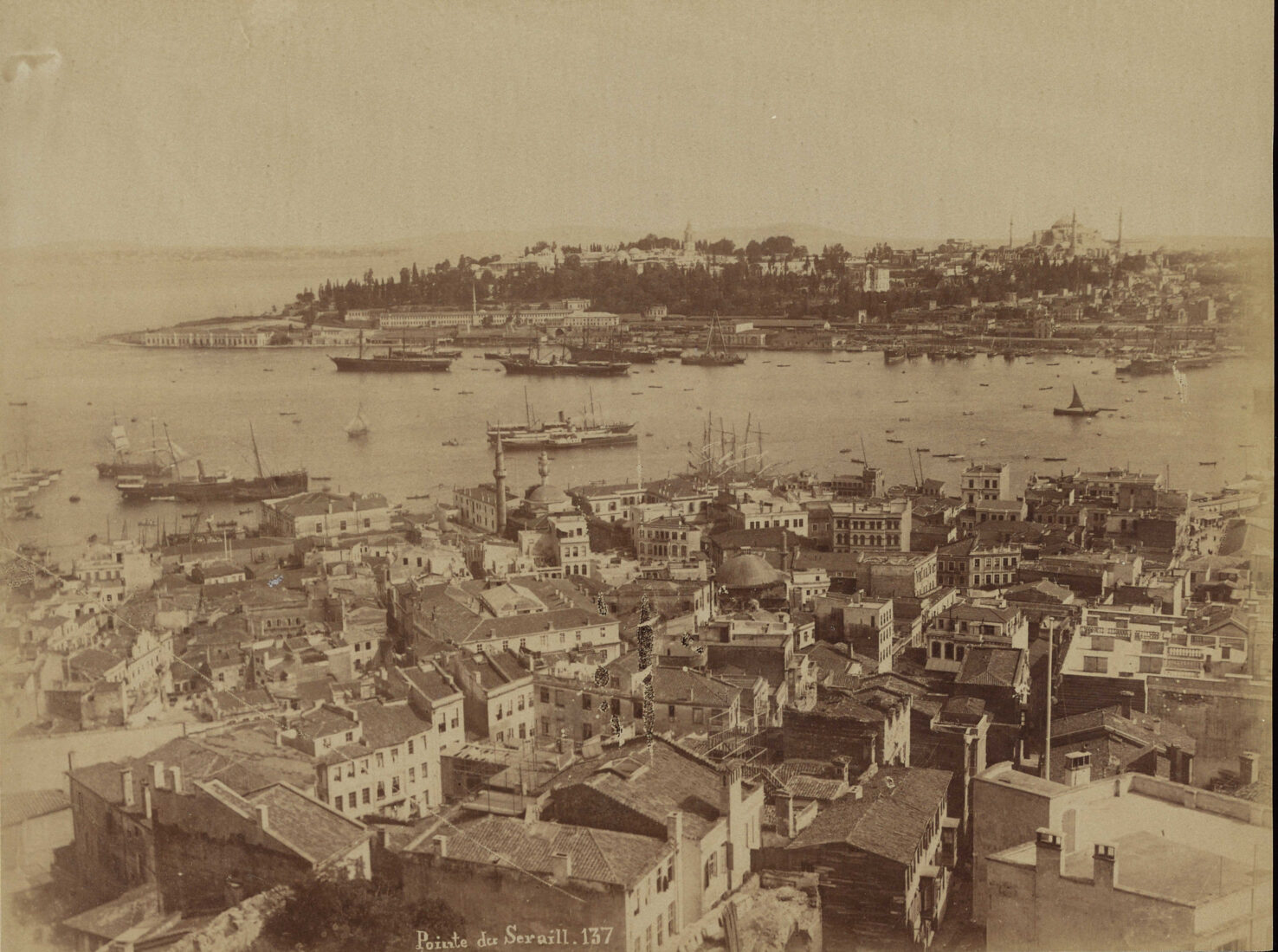
In the Republic era, industrialization drove unprecedented urbanization.
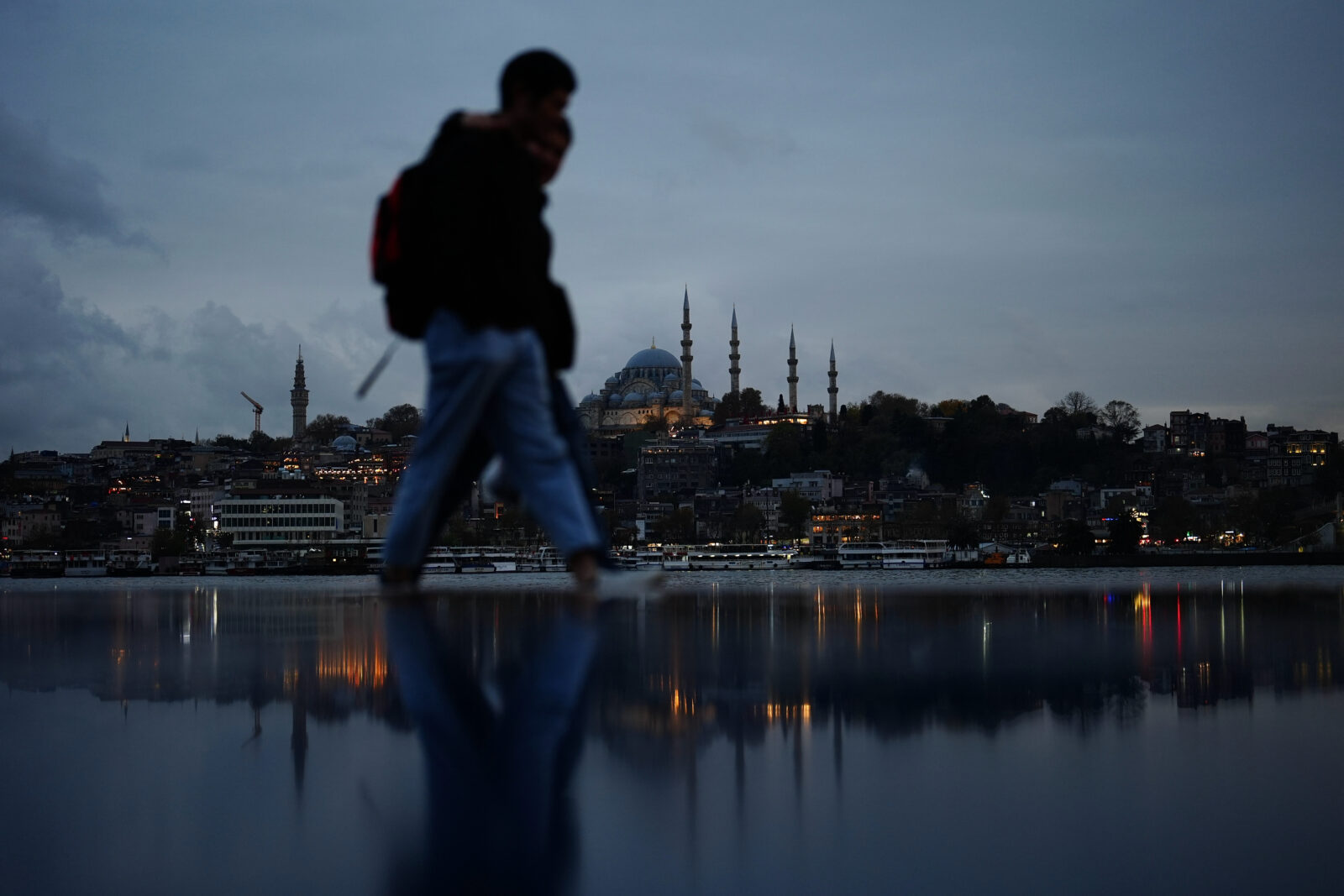
Istanbul's population is one of the most diverse in Türkiye, reflecting centuries of migration. Data show that only 2.1 million of Istanbul's residents are officially registered as natives, while the remaining 12.9 million originate from other provinces.
The largest group of migrants in Istanbul comes from Sivas, with 754,327 residents. Other significant contributors include Kastamonu (544,060), Ordu (515,544), Erzurum, Malatya, and Trabzon.
These internal migration patterns highlight economic disparities across Türkiye, as people from less developed regions have historically moved to Istanbul in search of better opportunities.
This migration has shaped Istanbul's demographics and enriched its cultural and social fabric.
Origins of Istanbul residents
| Province | Population in Istanbul |
|---|---|
| Sivas | 754,327 |
| Kastamonu | 544,060 |
| Ordu | 515,544 |
| Erzurum | 450,286 |
| Malatya | 419,224 |
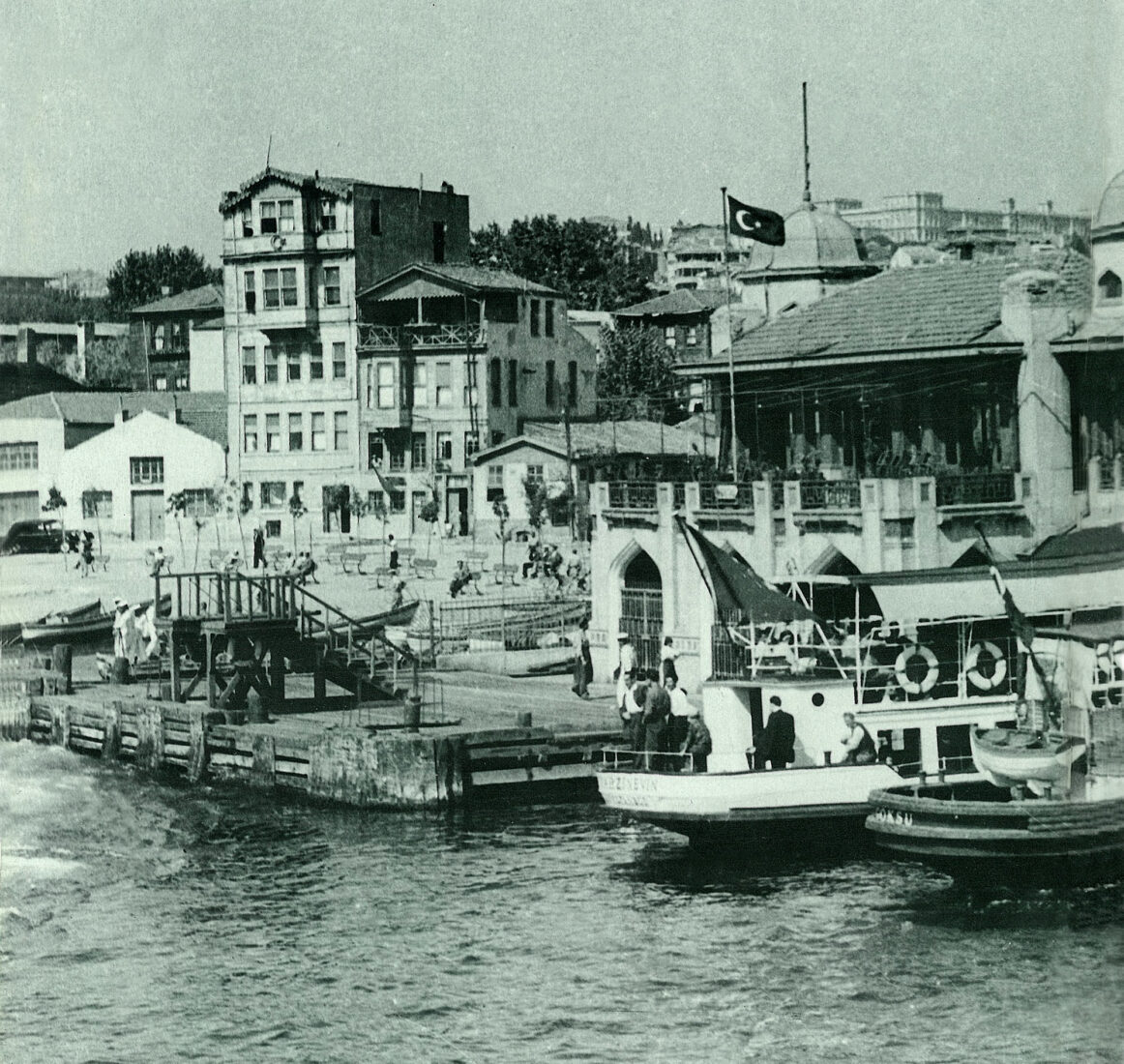
The recent decline in Istanbul's population reflects broader demographic and economic shifts. Rising living costs, particularly housing prices, have made the city increasingly unaffordable for middle- and lower-income residents.
Between 2022 and 2023, the percentage of Türkiye's population living in rural areas grew from 6.6% to 7%, signaling a reversal of urbanization trends.
Urban challenges such as traffic congestion, pollution, and inadequate public services have further driven residents to seek alternatives. Retirees, in particular, have been drawn to quieter locations, while younger residents explore opportunities in less costly regions.
This movement is partly driven by the rise of remote work, which allows people to live outside major urban centers while maintaining employment.
Recent population trends in Istanbul
| Year | Population (millions) |
|---|---|
| 2005 | 12.1 |
| 2010 | 13.2 |
| 2015 | 14.6 |
| 2020 | 15.4 |
| 2023 | 15.66 |
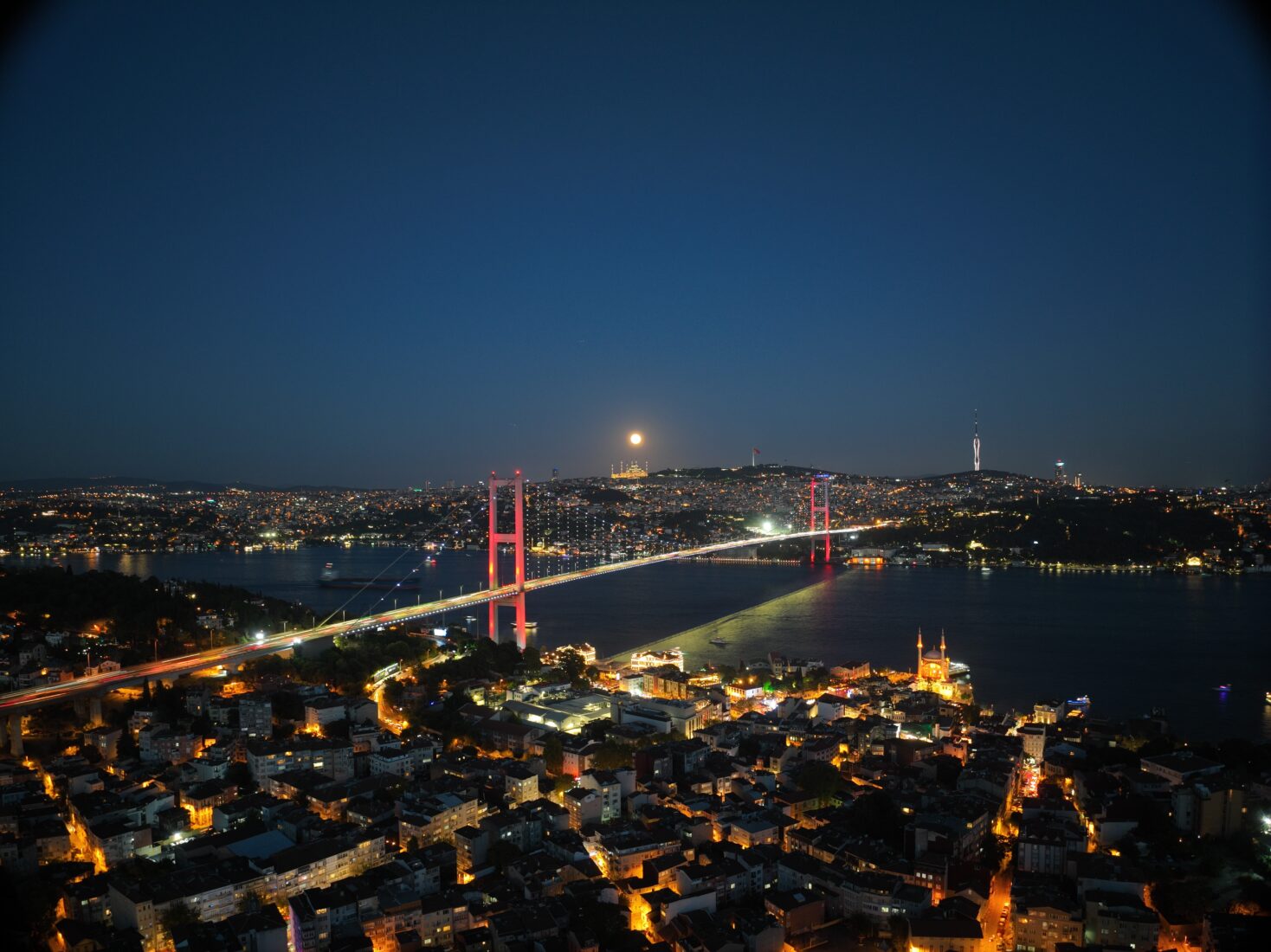
Istanbul's population is at a crossroads, with recent declines signaling a potential shift in its growth trajectory. Experts debate whether the numbers will stabilize, grow, or continue to drop, with key factors at play.
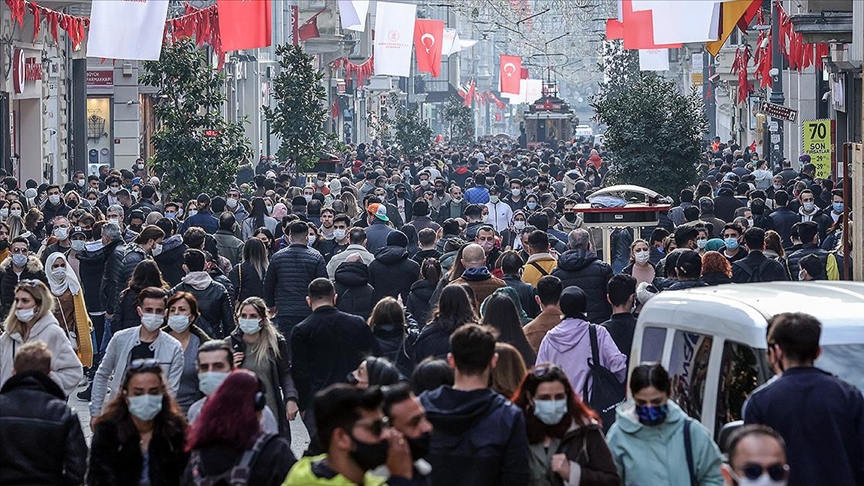
The future of Istanbul's population depends on strategic decisions:
Istanbul's population story mirrors its broader narrative of resilience, adaptation, and transformation. From its Byzantine and Ottoman heights to its republic-era expansions, the city has continually redefined itself in response to changing circumstances.
Today, as Istanbul navigates new demographic challenges, it faces an opportunity to innovate and adapt, balancing population dynamics with its role as Türkiye's cultural and economic heart.